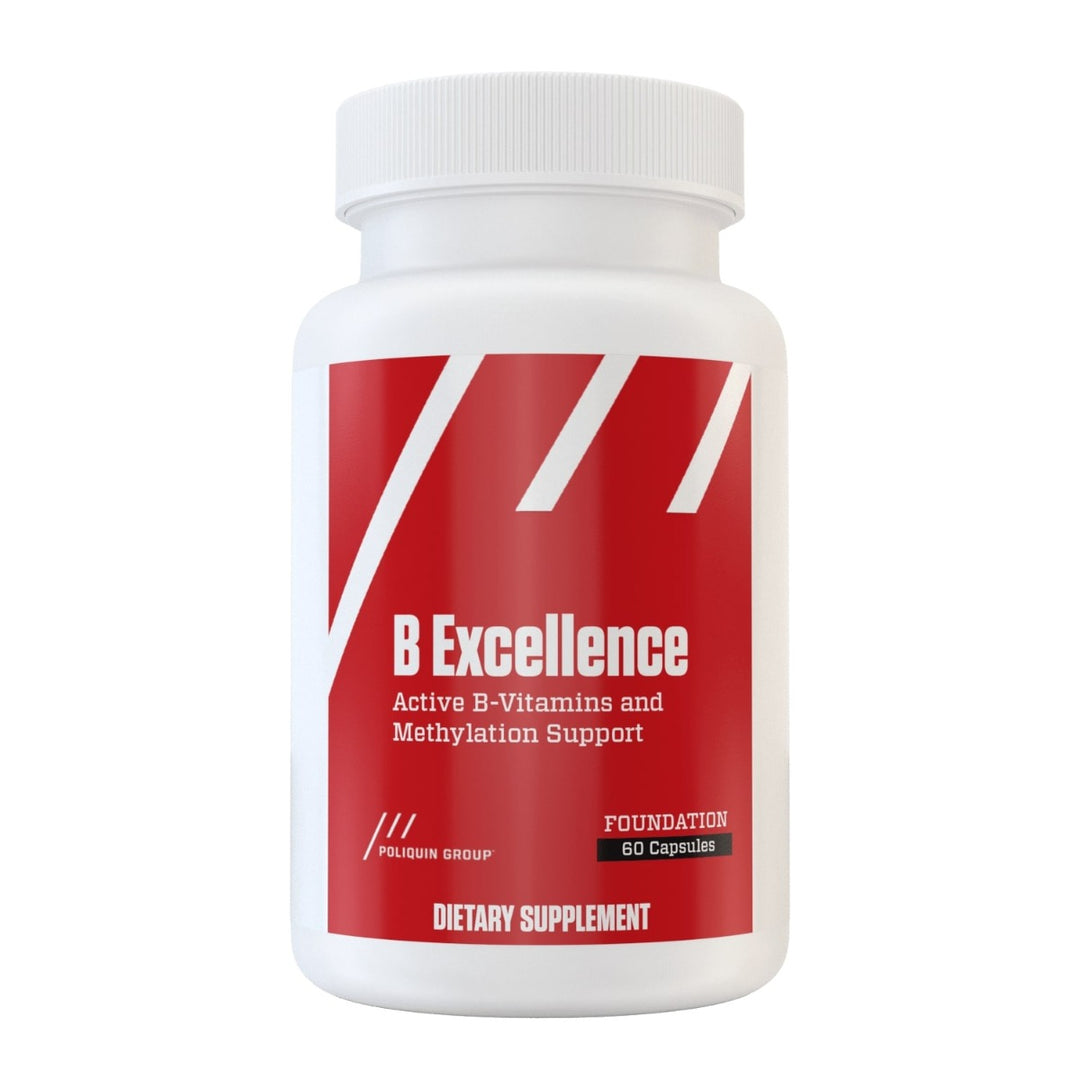The Essential Guide to Rowing Exercises
Use this guide to rowing exercises to build a more muscular back and stronger overall physique. Whether your goal is athletic performance or body transformation, you should include rowing exercises in your workouts.
Use Rows To Build A Stronger, Thicker Back
Rows are a key part of any bodybuilders training arsenal. The basic approach by bodybuilders has been to use chin-ups to make the back wider and rows to make the back thicker. Arnold Schwarzenegger performed heavy rows, as did his training partner Franco Columbu, a Mr. Olympia winner whose back development was considered the best of his era.
Several of Columbo’s back workouts have been published, such as the following program that included nine sets of vertical pulling exercises and 11 sets of horizontal pulling exercises:
A. Wide-Grip Front Chins, 6 x 10-15
B. T-Bar Row, 4 x 10
C. Seated Cable Row, 4 x 10
D1. One-Arm Dumbbell Bent Row, 3 x 10
D2. Close-Grip Chins, 3 x 10
Rowing Exercises Promote Structural Balance
In the general population, rows are often overlooked in favor of chest exercises. How often have you seen guys spend an hour on chest before skipping out on their back exercises?
The problem with focusing too much on pressing movements is that they can result in postural issues such as round shoulders. Rounded shoulders increase the risk of pain and injuries, including shoulder impingement syndrome. If you compare powerlifters to Olympic lifters, you will find that the weightlifters are less likely to display round shoulders because their lifts involve variations of rowing movements that help pull the shoulders back.
Guide To The Best Rowing Exercises
With that background, let’s look at a few of the pros and cons of the some of the most popular rowing exercises.
Bent-Over Barbell Row.
Good for training the back musculature in a symmetrical fashion, the bent-over barbell row is limited by the strength of your lower back. The fact that it requires you to stabilize the core against whatever load you have in your hands taxes your neural drive. As such, the lats and other upper body pulling muscles don’t receive an optimal training effect. An alternative is the T-Bar row machine that supplies a chest support and takes the lower back out of the equation.
One-Arm Dumbbell Row.
With the one-arm bent-over row you brace your upper body on a bench, rowing a dumbbell with your other arm. This format minimizes the role of the lower back as a limiting factor and lets you devote more effort to the upper body muscles. It also enables you to perform the exercise through a greater range of motion than a barbell.
Seated Cable Row.
Seated rows are a great way to target the back muscles. This exercise is very versatile because you can attach different types of handles to the end of the cable for maximal muscle fiber recruitment. You can perform the exercise with an overhand grip, underhand grip, or a neutral grip. You can also vary the width of the grip from narrow to wide. Be careful to avoid rounding your back when performing this exercise because it places unnatural stress on the spine.
Inverted Row.
Do inverted rows with a barbell in a power rack, a Smith machine, or a suspension trainer, such as a TRX. Resistance can be increased by lowering the angle of your body to the floor. You can also elevate your feet on a bench, use a weight vest, or even rest chains or weight plates across your hips to increase overload.
Final Words
Rowing movements are key exercises that should be included in everyone’s workout to ensure balanced development. Pressing exercises are important, but sometimes you need a little pull to get your training going in the right direction.











